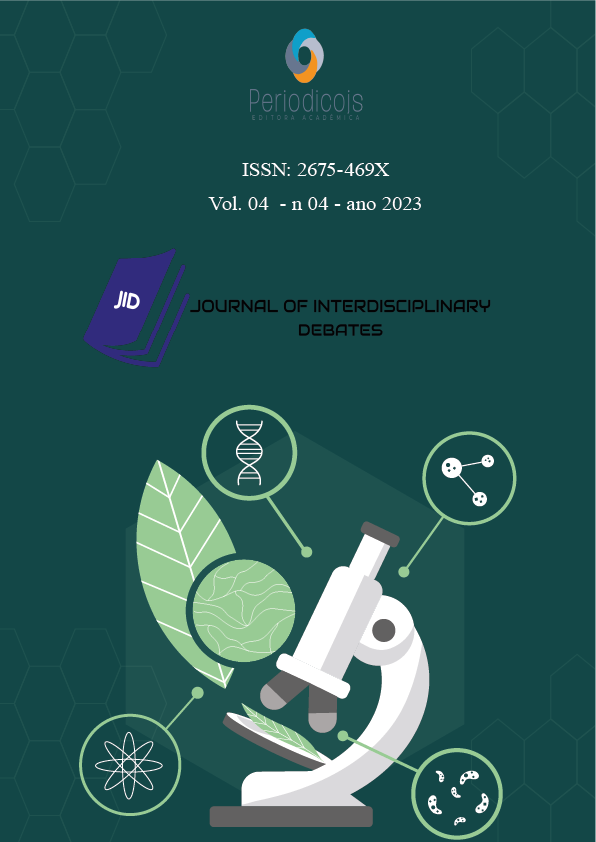Abstract
The of stingless bees creation is an agricultural activity that has grown in recent years. In the Brazilian Northeast, Melipona subnitida is one of the most important species in the Semiarid region. Among the products, wax is a substance produced by worker bees and is the main material used in the construction of laying discs and food pots. The present work aims to study the preference and non-preference of Jandaíra bees to different types of wax, their internal behaviors and the flight activity of these bees. The experiments were conducted at the Federal Institute of Paraíba, Sousa campus, in October 2023. Four Jandaíra bee colonies were used, kept in boxes, a northeastern model, with a glass inner side, allowing observations inside the boxes. Circular containers containing different types of wax were placed in each box. After 12:00 o’clock the containers containing the least and most preferred waxes were inverted. Bees were counted in each of the containers every thirty minutes. Additionally, the entry and exit of bees were counted (for a period of 10 minutes every 30 minutes). The data were subjected to the Q-square test using the R Core (2003) software. Uruçú beeswax was the most preferred over the others. In the study of flight activity, peaks of bee departures were observed in the late morning and early afternoon. Peaks were observed at 08:20, 11:20 and 15:20. It can be concluded that: Uruçu beeswax was the most preferred among those studied, in the morning and afternoon, followed by Africanized beeswax. During flight activity, peaks in departures and arrivals can be seen, varying depending on the time of day and between boxes.
References
ABRAMSON, C.I.; WANDERLEY, P.A.; WANDERLEY, M.J.A.; SILVA, J.C.R.; MICHALUK, L.M. The effect of essential oils of sweet fennel and pignut on mortality and learning in africanized honeybees (Apis mellifera L.) (Hymenoptera: Apidae). Neotropical Entomology, v. 36, p. 828-835, 2007.
ABRAMSON. C.I.; WILSON, M.K.; SINGLETON, J.B.; WANDERLEY, P.A.; WANDERLEY, M.J.A.; MICHAULUK, L.M. Citronella is not a Repellent to Africanized Honey Bees Apis mellifera L. (Hymenoptera: Apidae). BioAssay, v. 1, p. 1-7, 2006.
ANDRADE, W.C.; WANDERLEY, P.A.; OLIVEIRA, P.D.; GOMES, W.C.A.; SILVA, M.G.; WANDERLEY, R.O.S.; MEDEIRO, A.C. Aspectos da atividade de voo da abelha jandaíra, Melipona subnitida Ducke no município de Sousa, Paraíba. Revista Brasileira de Gestão Ambiental, v. 13, n.1, p. 01-06, 2019.
AQUINO, I.S.; ABRAMSON, C.I.; PAYTON, M.E. A rapid bioassay for detection of adultered beeswax. Journal Entomology Science, v. 34, n. 3, p. 265-272, 1999.
BROWN, R. Beekeeping: a seasonal guide. London, UK: BT Batsford Ltd., 2010.
DANTAS, M.C.A.M.; BATISTA, J. L.; DANTAS, P.A.M.; DANTAS, I.M.; DIAS, V.H.P.; ANDRADE FILHO, F.C.; MOREIRA, J.N.; MIELEZRSKI, G.L.N.; SILVA, M.G.; MAIA, A. G.; MEDEIROS, A.C.; MARACAJÁ; P.B. Stingless bee and its socieconomic potencial in the States of Paraíba and Rio Grande do Norte. Research, Society and Development, v. 9, p. 1-37, 2020.
GARIBALD, L.A.; CUNNINGHAN, S.A.; AIZEN, M.A.; PACKER, L.; HARDER, L.D. The potential for insect pollinators to alleviate global pollination deficits and enhance yields of fruit and seed crops. In: ROUBIK, D.W. (Ed.) The Pollination of Cultivated Plants – a compendium for practitioners, FAO: Roma, v. 1, 2 Ed., 2018. p. 35-53.
HEARD, T. A. The role of stingless bees in crop pollination. Annual Review of Entomology, v. 44, p. 183-206, 1999.
JAFFÉ, R.; POPE, N.; CARVALHO, A.T.; MAIA, U.M.; BLOCHTEIN, B.; CARVALHO, C.A.L.; CARVALHO-ZILSE, G.A.; FREITAS, B.M. MENEZES, C.; RIBEIRO, M.F.; VENTURIERI, G.C.; IMPERATRIZ-FONSECA, V.L. Bees for development: Brazilian survey reveal show to optimize stingless beekeeping. Plos One, v. 10, n. 03, p. 1-21, 2015.
MAIA, U.M.; JAFFE, R.; CARVALHO, A.T.; IMPERATRIZ-FONSECA, V.L. Meliponiculture in Rio Grande do Norte. Revista Brasileira de Medicina Veterinária, v. 37, n.4, p.327-333, 2015.
MAIA-SILVA, C., HRNCIR, M., SILVA, C.I., IMPERATRIZ-FONSECA, V.L. Survival strategics of stingless bees (Melipona subnitida) in unpredictable environment, the Brazilian tropical dry forest. Apidologie, v. 46, p. 631-643, 2015. a
MAIA-SILVA, C.; LIMÃO, A.A.C.; HRNCIR, M.; PEREIRA, J.S.; IMPERATRIZ-FONSECA, V.L. The contribution of palynological conservation: a case study with Melipona subnitida. In: VIT, P.; SILVIA, R.M.; ROUBIK, D. (Eds.) Pot-pollen in stingless bee melittology. Springer International Publishing, v. 1, 2018. p. 89-101. b
NOGUEIRA, D.S. Overview of Stingless Bees in Brazil (Hymenoptera: Apidae: Meliponini). EntomoBrasilis, v. 16, 2023.
PARAÍBA. Lei n° 11.677, de 04 de maio de 2020. Lei que dispõe obre a Fiscalização, Produção e a Comercialização do Mel de Abelha Artesanale seus derivados no âmbito do Estado. Diário Oficial, João Pessoa, 05 de maio de 2020, p. 1-2, 2020.
PEREBOOM, J.J.M.; SOMMEIJER, M.J. Recruitment and flight activity of Melipona favosa, forangin on an artificial food source. Proc. Exper & Appl. Entomology, Amsterdam, vol. 4, 1993.
QUEZADA-EUÁN, J.J.G.; NATES-PARRA, G.; MAUÉS, M.M.; IMPERATRIZ-FONSECA, V.L.; ROUBIK, D.W. Economic and cultural values of stingless bees (Hymenoptera: Meliponini) among ethinic groups of Tropical America. Sociobiology, v. 64, n. 4, p. 534-557, 2018.
ROUBIK, D.W. Ecology and natural history of tropical bees. New York, Cambridge University Press, 1989. 514p.
SANTOS, A. M. S. N. Estudo do Mutre (Aloysia virgata) como fonte de néctar para abelhas africanizadas (Apis mellifera) no estado do Ceará. 1999.
VENTURIERI, G.C. Criação de abelhas indígenas sem ferrão. Belém, Embrapa Amazônia Oriental, 2008.
ZANELLA, F.C.V. The bees of the Caatinga (Hymenoptera, Apoidea, Apiformes): a species list and comparative notes regarding their distribution. Apidologie, v. 31, p. 579-592, 2000.





